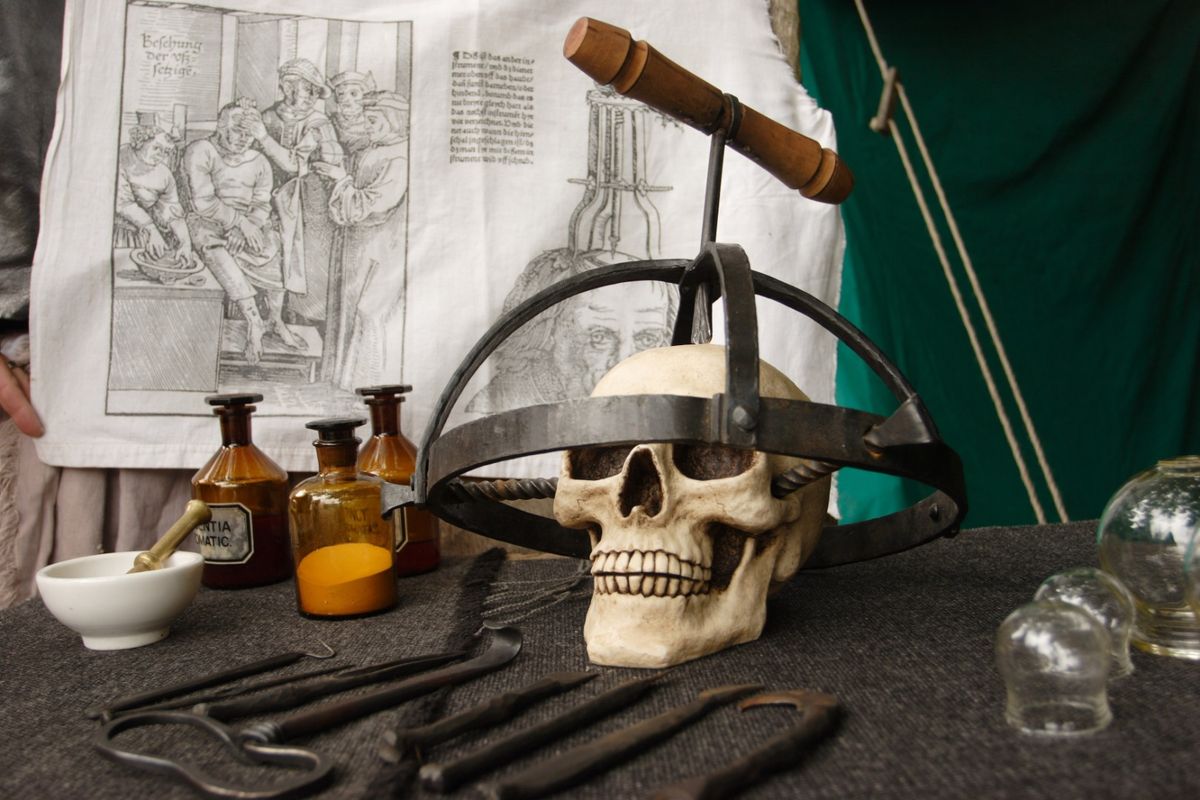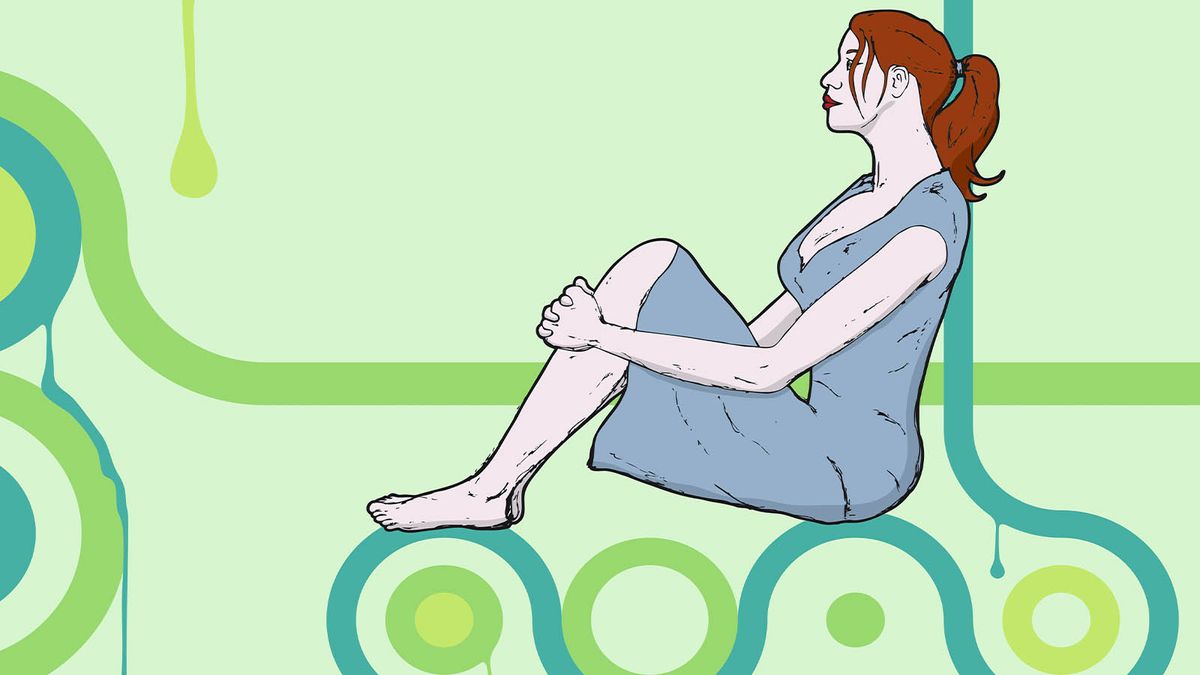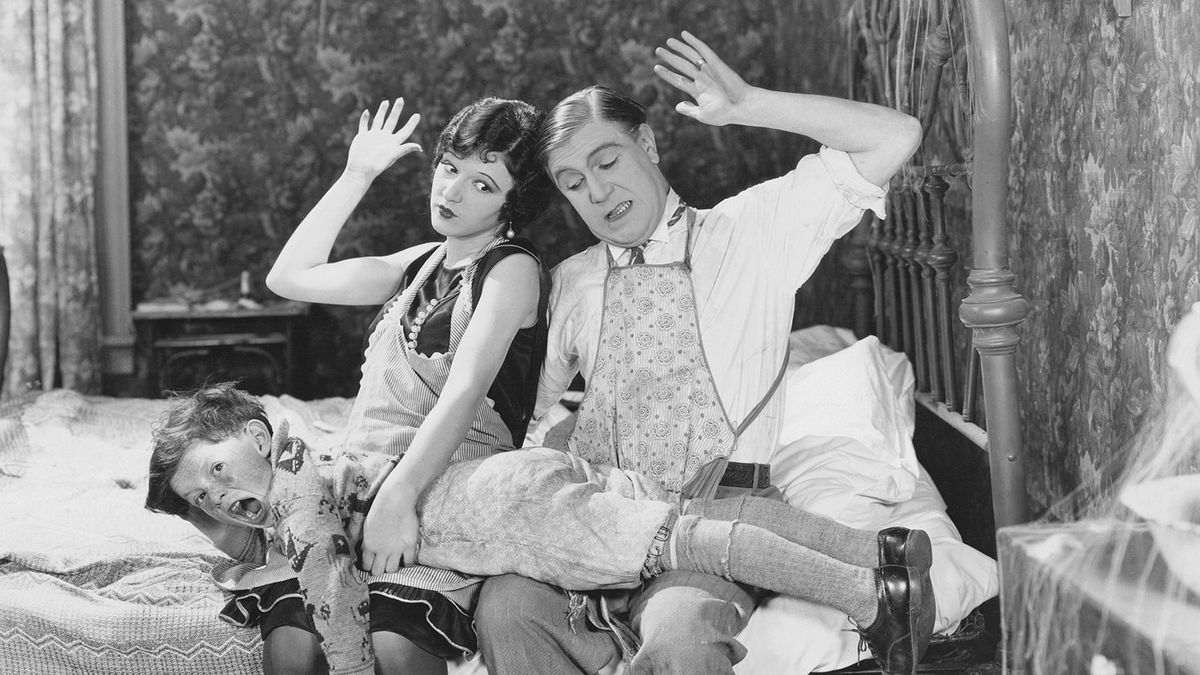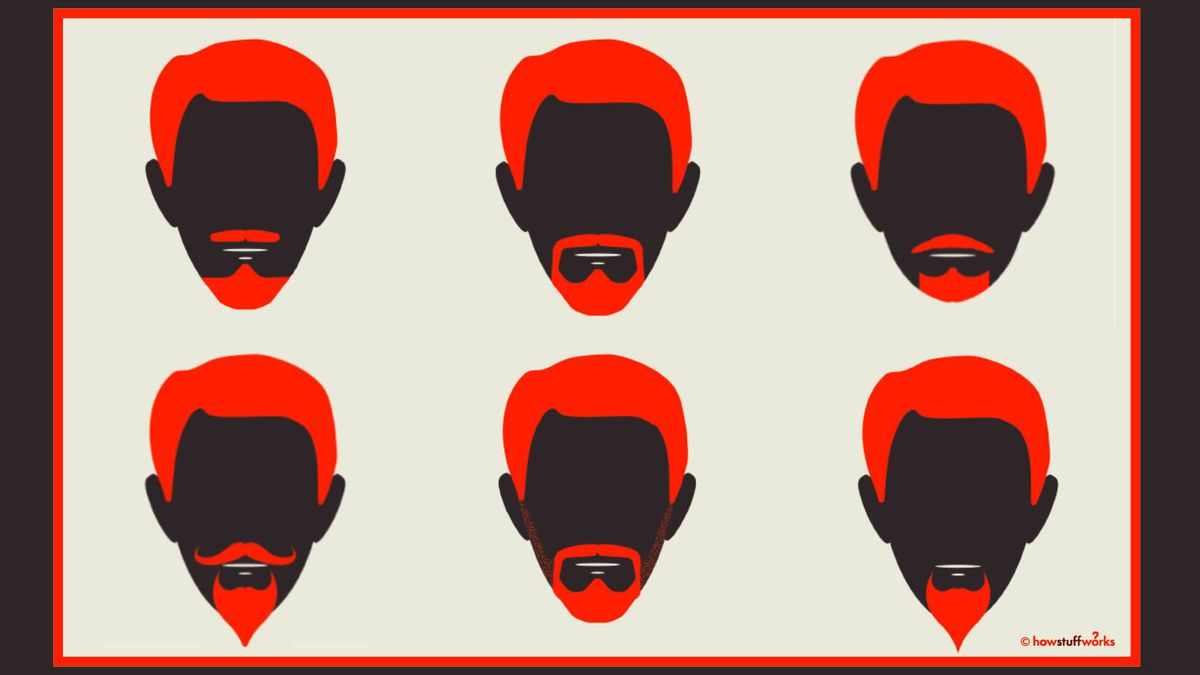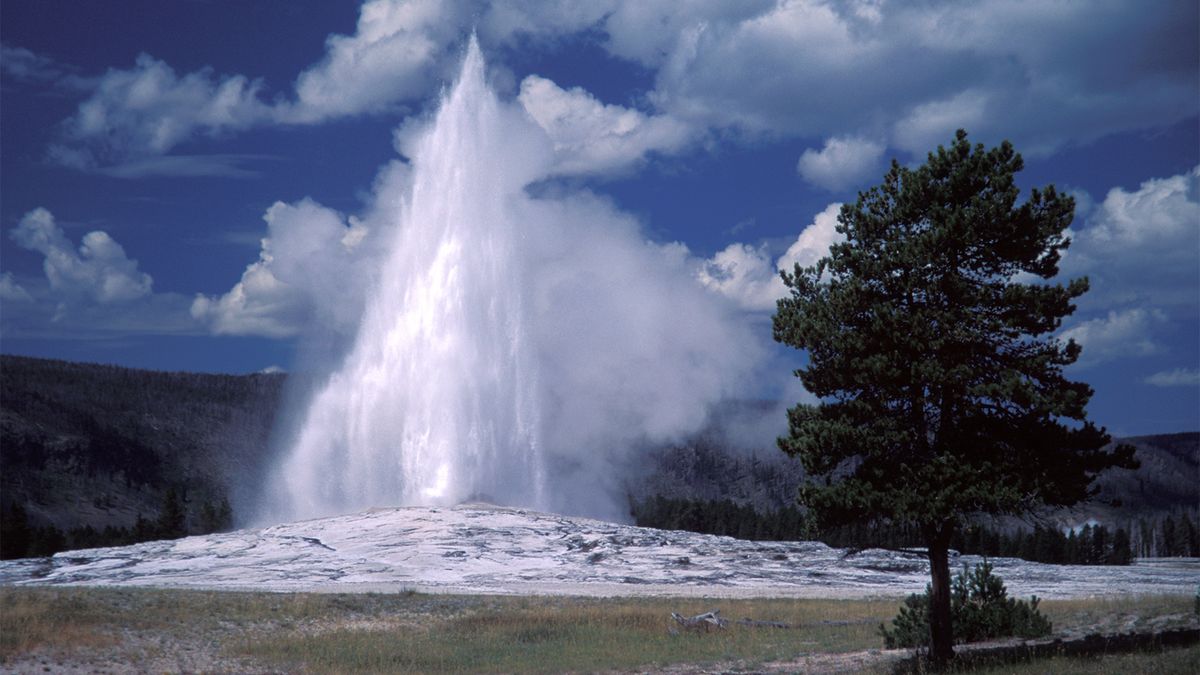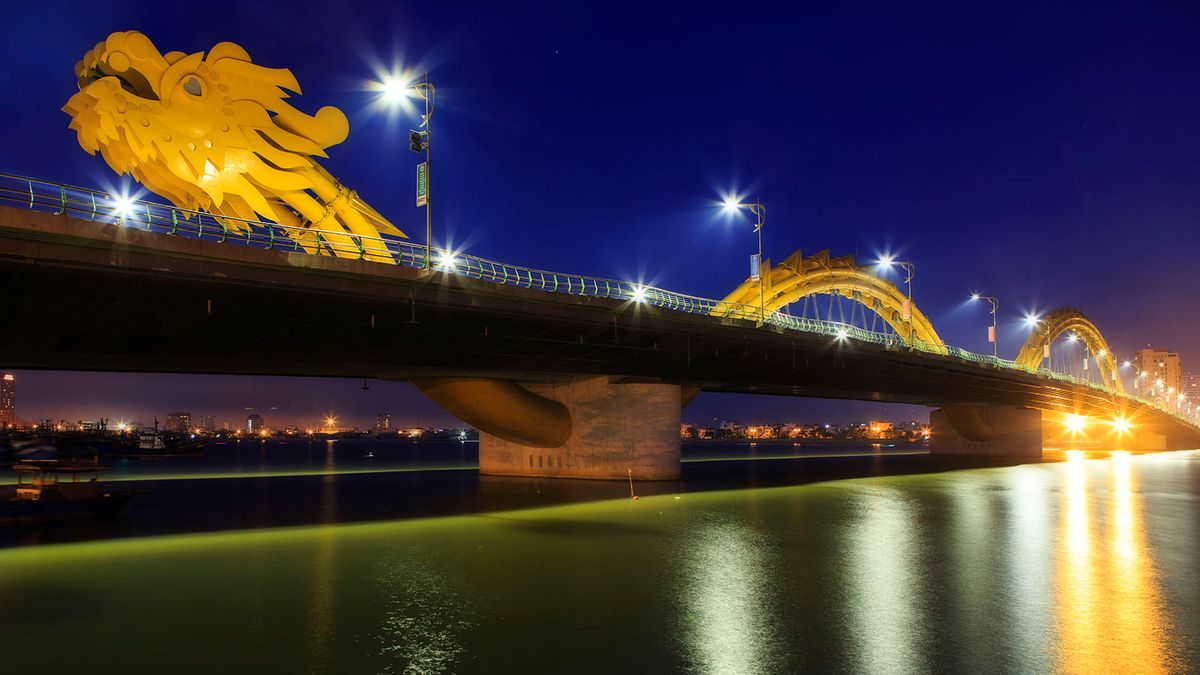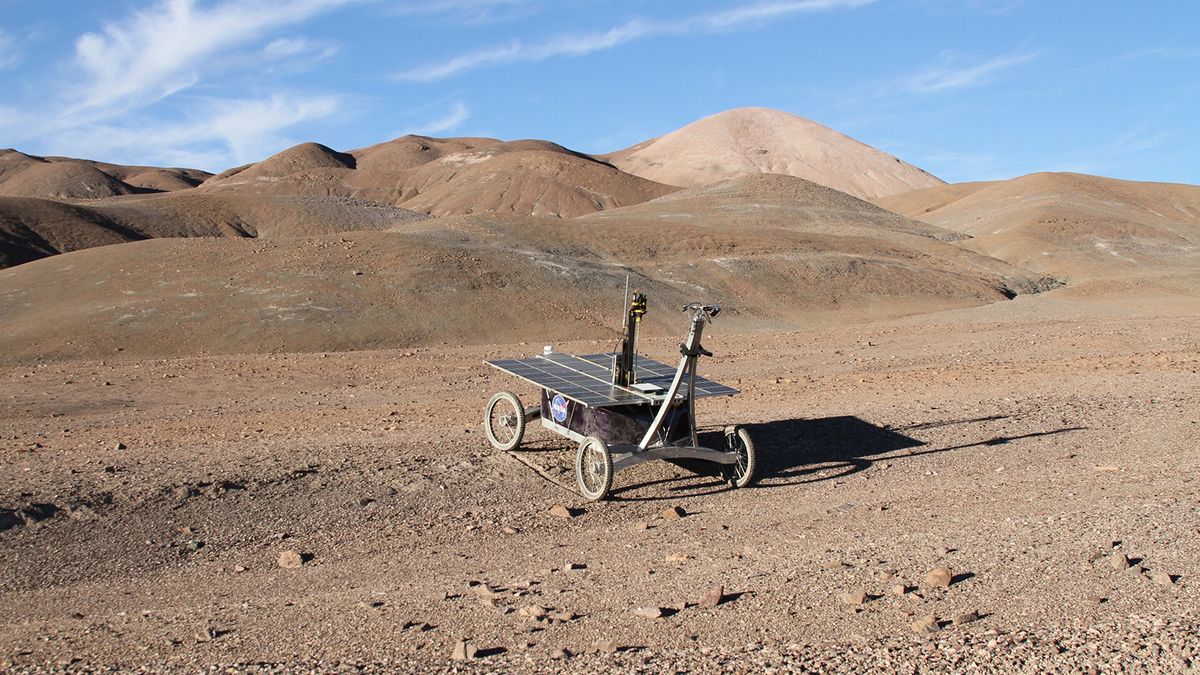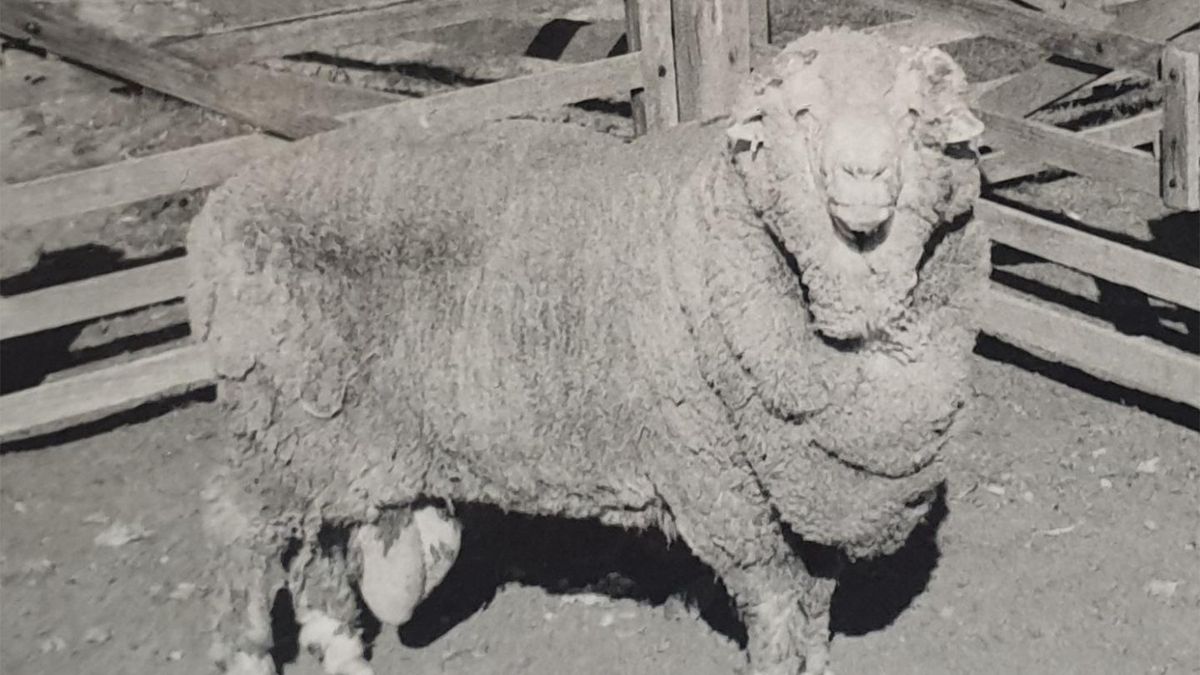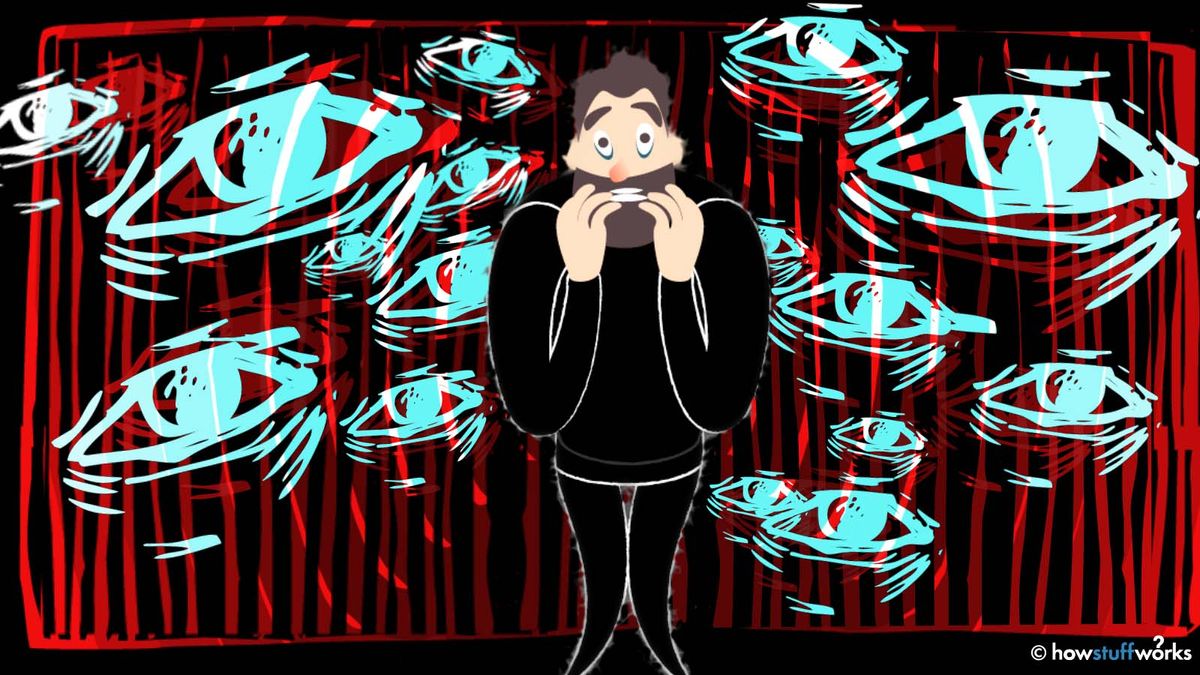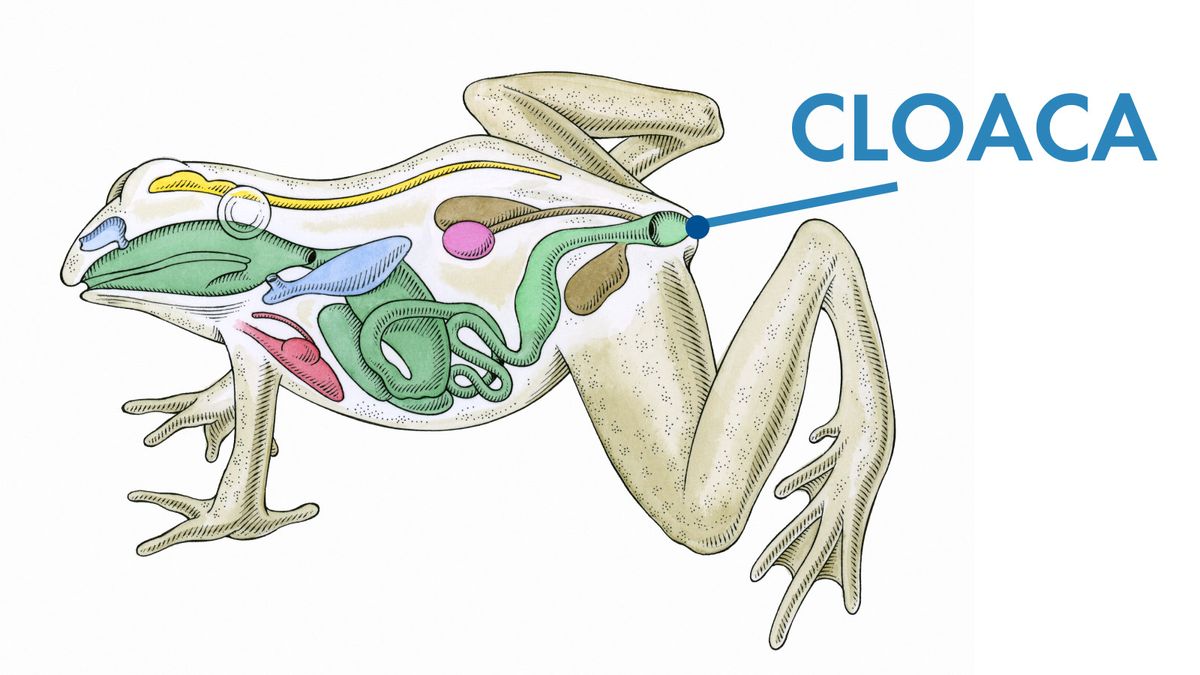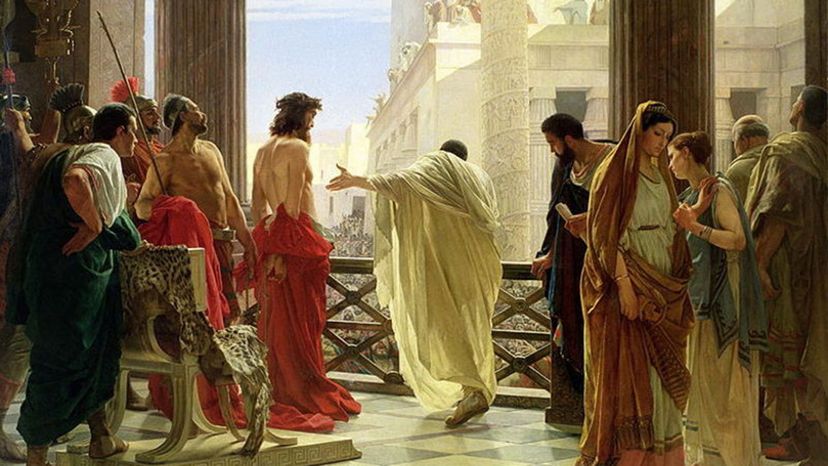
เมื่อถึงจุดสูงสุดจักรวรรดิโรมันรวม 40 จังหวัดซึ่งครอบคลุมพื้นที่ส่วนใหญ่ของยุโรป แอฟริกาเหนือ และตะวันออกกลาง แต่นักประวัติศาสตร์ไม่ค่อยรู้เรื่องชายที่ทำหน้าที่ปกครองด่านหน้าของโรมันเหล่านี้ ปอนติอุสปีลาตเป็นข้อยกเว้นประการหนึ่ง
ปีลาตเป็นประธานเป็นเวลา 10 ปีในฐานะผู้ว่าการหรือ "นายอำเภอ" ของแคว้นยูเดีย ตั้งแต่คริสตศักราช 26 ถึง 36 และชื่อของเขาเป็นอมตะในพันธสัญญาใหม่ในฐานะชายผู้ควบคุมการพิจารณาคดีและการตรึงกางเขนของพระเยซู ท ว่าพระคัมภีร์ไม่ใช่แหล่งข้อมูลโบราณเพียงแหล่งเดียวเกี่ยวกับปีลาต นักประวัติศาสตร์เช่น โยเซฟุสและฟิโลแห่งอเล็กซานเดรียเติมภาพเหมือนของปีลาตในฐานะผู้ปกครองที่ไม่เตรียมพร้อมและหัวร้อนของจังหวัดที่มีปัญหา
"คุณมีความรู้สึกว่าปีลาตไม่เข้าใจความซับซ้อนของจังหวัดและความอ่อนไหวของผู้คนที่เขาปกครอง" เฮเลน บอนด์ศาสตราจารย์ด้านศาสนาคริสต์ที่มหาวิทยาลัยเอดินบะระและผู้เขียนหนังสือ " ปอนติอุส ปีลาตในประวัติศาสตร์และการตีความ " กล่าว ." “ในทางกลับกัน พวกเขาไม่ได้ทำให้มันง่ายสำหรับเขามากนัก มันเป็นเขตที่วางทุ่นระเบิด”
ปีลาตมาจากไหน?
เราไม่รู้อะไรมากเกี่ยวกับชีวิตของปิลาตก่อนที่จะโพสต์ในแคว้นยูเดีย แต่บางสิ่งสามารถอนุมานได้จากชื่อของเขาว่า "พรีเฟ็ค" หรือpraefectusในภาษาละติน ซึ่งแปลว่า "ผู้ยืนอยู่ข้างหน้า"
"Praefectus เป็นตำแหน่งทางทหาร" Bond กล่าว “ยูเดียอยู่ภายใต้การปกครองโดยตรงของโรมันเพียง 20 ปีเมื่อปิลาตมาถึง ดังนั้นมันจึงเป็นตำแหน่งทางทหาร ประเด็นทั้งหมดคือการปราบปรามชาวพื้นเมือง และรักษากฎหมายและความสงบเรียบร้อย”
พรีเฟ็คอย่างปีลาตมาจากตระกูลขุนนางชั้นสอง บอนด์กล่าว และได้รับเลือกเพราะความสามารถของพวกเขาในสนามรบ ชื่อครอบครัวของปีลาตคือปอนติอุสและ ปิลา ตุ ส อาจหมายถึงภูมิภาคที่ครอบครัวเดิมได้รับคำยกย่อง อาจเป็นไปได้ว่าอาณาจักรปอนตุสบนชายฝั่งทางใต้ของทะเลดำ หรือมีความเกี่ยวข้องกับนักขว้างหอกเพราะปิลาตุสหมายถึง "หอก" ปีลาตน่าจะมีชื่อจริงเหมือนกัน เช่น มาร์คัสหรือไกอัส แต่นั่นก็สูญหายไปในประวัติศาสตร์
บอร์นกล่าวว่าในฐานะทหาร ปีลาตจะมีประสบการณ์และการฝึกอบรมด้านการทูตหรือการปกครองที่จำกัด ซึ่งเจ้าหน้าที่ของโรมันอาจไม่ถือว่ามีความจำเป็นสำหรับด่านหน้าที่ไม่มีความสำคัญอย่างแคว้นยูเดีย
“ปีลาตอยู่ในแคว้นยูเดียเพื่อความมั่นคงของชาติ และเขาออกจากการบริหารงานประจำวันให้กับหัวหน้าปุโรหิตในกรุงเยรูซาเล็ม” บอร์นกล่าว “ส่วนใหญ่เขาแค่ทำให้แน่ใจว่าไม่มีการจลาจล”
ปีลาตผู้จำนำ
การพิจารณาคดีของพระเยซูมีรูปแบบที่แตกต่างกันเล็กน้อยในพระกิตติคุณในพระคัมภีร์ใหม่ทั้งสี่เล่ม ได้แก่มัทธิวมาระโกลูกาและยอห์น พระกิตติคุณวาดภาพที่ชัดเจนของปีลาตในฐานะผู้ว่าราชการที่อ่อนแอซึ่งถูกเจ้าหน้าที่ชาวยิวกลั่นแกล้งให้ประณามผู้บริสุทธิ์ที่เสียชีวิตอย่างช้าๆและเจ็บปวด
“ฉันไม่คิดว่าผู้ชายคนนี้ผิด!” ปีลาตบอกฝูงชนที่โกรธจัดในลูกา และในยอห์นปีลาตหมดหวังที่จะไม่เข้าไปยุ่งเกี่ยว และบอกคายาฟาส หัวหน้าปุโรหิตแห่งวิหารยิวให้ "นำ [พระเยซู] ไปและพิพากษาเขาด้วยกฎหมายของคุณเอง"
เมื่อผู้นำชาวยิวปฏิเสธ โดยบอกปีลาตว่าพวกเขาไม่มีอำนาจที่จะประหารพระเยซู ปีลาตบอกกับฝูงชนว่าพวกเขาสามารถปล่อยหนึ่งในนักโทษสองคน คือพระเยซูผู้บริสุทธิ์หรือบารับบัส ฆาตกร พวกเขาคำราม "บารับบัส!" และยืนยันว่าปีลาตตรึงพระเยซูที่กางเขนเพื่ออ้างว่าเป็น "กษัตริย์ของชาวยิว" ตามตัวอักษร "ล้างมือ" ของความรู้สึกผิด ปีลาตสั่งประหารชีวิต
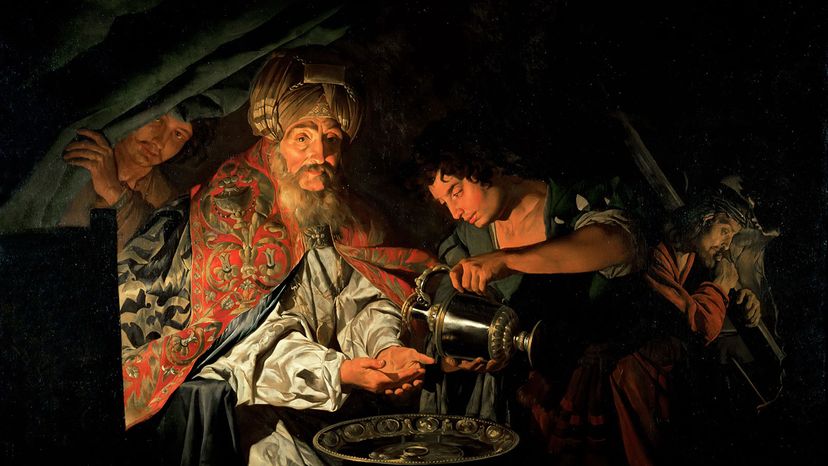
“การพรรณนาถึงปีลาตในพระคัมภีร์ไม่ใช่ภาพที่ดีนักของผู้ว่าราชการโรมัน” บอร์นกล่าว "ฉันคิดว่าผู้ชมในศตวรรษแรกคงจะตกใจมาก"
แม้ว่าปีลาตจะกลัวการจลาจลและต้องการ "ทำให้ฝูงชนสงบ" ตามที่กล่าวไว้ในมาระโกมันก็อยู่ในอำนาจของเขาอย่างเต็มที่ในฐานะผู้ว่าการที่จะปฏิเสธข้อกล่าวหาต่อพระเยซู ความจริงก็คือนักประวัติศาสตร์ไม่รู้ว่าเกิดอะไรขึ้นในการพิจารณาคดีของพระเยซู (ถ้ามี) และต้องพึ่งพาข่าวประเสริฐซึ่งมีอคติในตัวเอง
“สิ่งสำคัญที่ผู้เขียนพระกิตติคุณต้องการแสดงคือการที่พระเยซูบริสุทธิ์” บอร์นกล่าว “และการตรึงกางเขนของพระองค์เป็นส่วนผสมของแรงกดดันจากชาวยิวและผู้ว่าการผู้สิ้นหวังซึ่งต้องการกำจัดคดีนี้”
ปีลาตนักบุญ
หนังสือในพันธสัญญาใหม่ไม่ใช่คำสุดท้ายของปีลาต มีงานเขียนคริสเตียนยุคแรกจำนวนหนึ่งที่ไม่ได้เขียนลงในพระคัมภีร์ไบเบิล (เรียกว่า "คัมภีร์ที่ไม่มีหลักฐาน") แต่มีการเผยแพร่อย่างกว้างขวางในศตวรรษแรกของศาสนาคริสต์ บางคนเสนอทัศนะในเชิงบวกมากขึ้นเกี่ยวกับปีลาต และบางคนถึงกับมองว่าเขาเป็นผู้เชื่อที่แท้จริง
" ข่าวประเสริฐของนิโคเดมัส " น่าจะเขียนขึ้นในคริสต์ศตวรรษที่ 4 ส.ศ. นำเสนอในฐานะพยานผู้เห็นเหตุการณ์ของการพิจารณาคดีของพระเยซูโดยนิโคเดมัส ฟาริสีผู้เห็นอกเห็นใจพระเยซูและผู้ติดตามพระองค์ ข้อความนี้บรรยายถึงผู้ถือมาตรฐานชาวโรมันที่คำนับพระเยซูขณะที่เขาถูกนำตัวเข้าสู่การพิจารณาคดี และปีลาตก็โกรธจัดต่อเจ้าหน้าที่ของชาวยิวที่บังคับมือของเขาให้ตรึง "คนชอบธรรม"
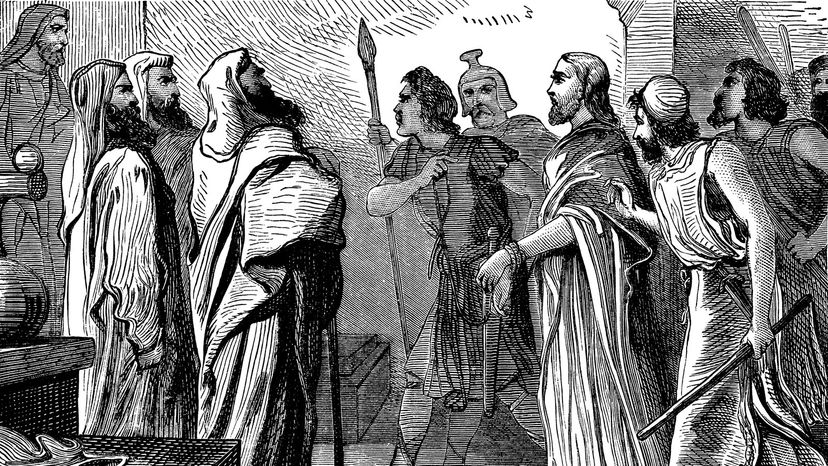
Later texts known as "The Letters of Herod and Pilate" purport to be actual correspondence between Pilate and Herod Antipas, the king of Galilee, about the trial of Jesus. In Pilate's letter, he and his wife are visited by the resurrected Jesus, whom they recognize as the Son of God and beg forgiveness for their sins.
Bond says that while these texts are "a million miles away from anything that may be historical," they recast Pilate as a repentant sinner who ultimately accepted Jesus as his Savior. In some Christian traditions, including the Ethiopian Church, Pilate and his wife Procla even achieved sainthood.
Pilate the Harsh Ruler
Philo of Alexandria was a Jewish-Roman historian who lived in Egypt at the same time that Pilate was governor of Syria. His writings are the closest thing we have to a contemporary historical account of Pilate's tenure in Judea — even the gospels were written decades later — but Philo had his own problems with Pilate.
"Philo really hates Pilate," says Bond. "He doesn't have a good word to say. He says Pilate was vain, savage and stubborn, and that he put people to death without trial."
Philo's main beef with Pilate was that he brought gilded shields called "standards" into Jerusalem, which insulted the Jewish authorities and Temple priests. When the Jewish leaders protested, Pilate refused to remove the statues. According to Philo, it took a sharply worded letter from Emperor Tiberius himself to convince Pilate to take down the standards.
Josephus was another Jewish-Roman historian who was born soon after Pilate's stint in Judea. Josephus is famous for being the only nonbiblical ancient source to mention Jesus, although his brief account was "clearly worked over by Christian editors," says Bond, and must be taken with a grain of salt.
As for Pilate, Josephus tells us of another blow-up with the Jewish authorities, when Pilate tried again to have some busts of the emperor displayed in Jerusalem. When a crowd of Jewish protesters gathered outside of Pilate's headquarters in the coastal town of Caesarea, Pilate ordered his soldiers to surround them. According to Josephus, the Jews "astonished" Pilate with their willingness to die rather than endure the insult, so Pilate relented and removed the statues. In another incident, he had an aqueduct constructed with sacred funds from the treasury of the Jewish temple. When people protested, Pilate had soldiers go among the crowd disguised as civilians with clubs under their coats which they used to beat the protesters, many to death.
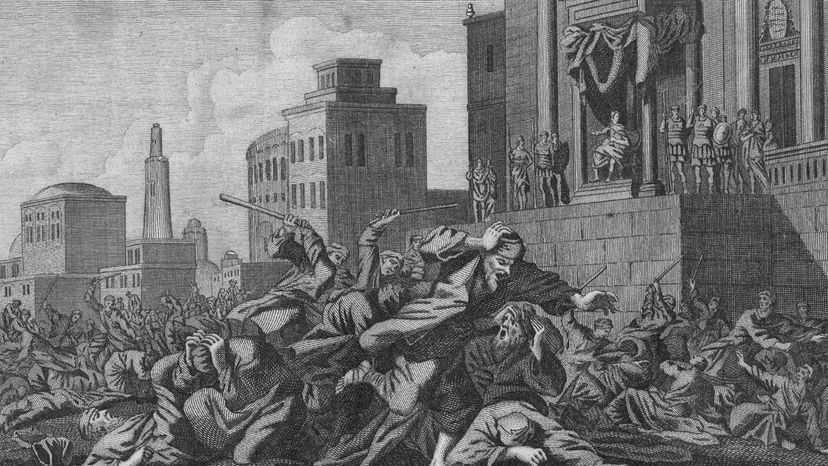
Where Did Pilate Go After Judea?
The last news we hear about Pilate also came from the pen of Josephus and involved another controversy over a man claiming to be the Messiah.
In 36 C.E., a Samaritan man declared that he was a reincarnation of Moses and led a group of followers on a trek up Mount Gerizim, where he prophesied that great wonders would be revealed to them, including sacred vessels buried there by Moses. Word got to Pilate that these men were planning an armed uprising.
"They all start to go up the mountain but Pilate decides the best thing is to nip this in the bud," says Bond. "So, he sends in the cavalry, they kill loads of people, execute the leaders and that's the end of the uprising."
The Samaritans complained about Pilate's violence to the legate of Syria, a higher-ranking Roman governor, who ordered Pilate to return to Rome and make his case directly to Tiberius, the emperor. But before Pilate reached Rome, Josephus says, Tiberius died and was replaced by Caligula. It's unknown whether Pilate's hearing went badly and he was removed from his post, or else he simply decided to retire.
"Pilate had been in Judea for 10 years at that point, so it was probably a good time to have a change," says Bond. "Once he goes back to Rome, we know absolutely nothing more about what happens to him, apart from the non-canonical stories and legends we hear about him."
In one of those legends, Pilate was banished from Rome and ended up dying (committing suicide?) in Vienna, Austria, where he was believed to emerge every Easter from a local lake clad in purple robes, and anyone who looked at him would die within the year. A related legend placed his final resting place on Mount Pilatus near Lucerne, Switzerland, where his evil spirit is said to be responsible for bouts of nasty weather.
Now That's Cool
ในปี 1961 นักโบราณคดีในเมืองซีซาเรีย ประเทศอิสราเอล ได้ค้นพบเศษหินที่เป็นส่วนหนึ่งของวิหารของจักรพรรดิไทเบริอุส รู้จักกันในชื่อหินปีลาตอ่านว่า "... สร้างเพื่อเป็นเกียรติแก่ทิเบเรียส ... ปอนติอุสปีลาต ... นายอำเภอแห่งแคว้นยูเดีย"

